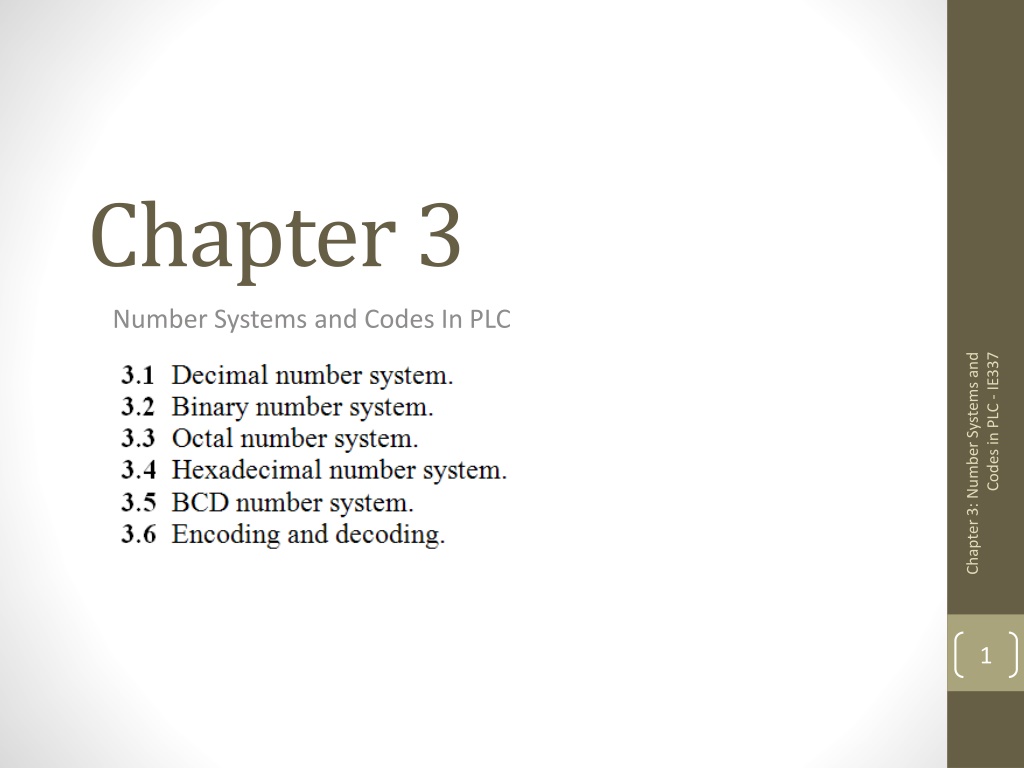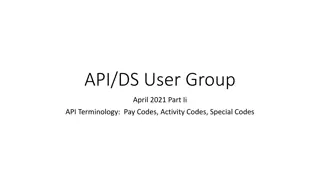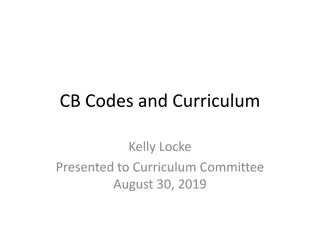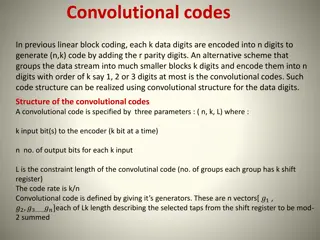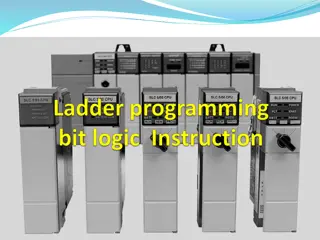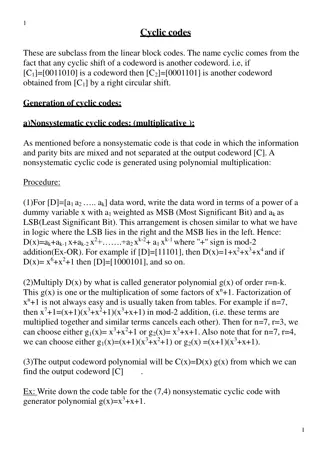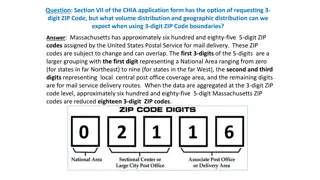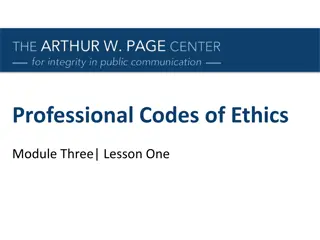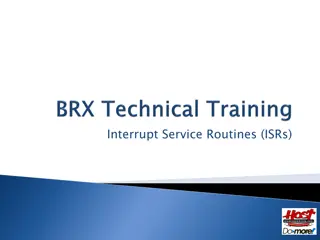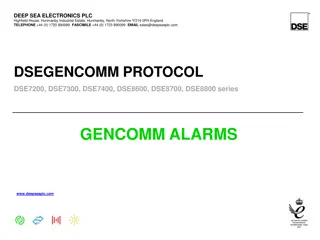Understanding Number Systems and Codes in PLC
Delve into the world of number systems and codes in Programmable Logic Controllers (PLC) with a focus on decimal, binary, octal, and hexadecimal systems. Learn how data is represented and manipulated in PLC applications through various numeric systems and codes. Explore the significance of bits, bytes, words, and double words in PLC data handling.
Download Presentation

Please find below an Image/Link to download the presentation.
The content on the website is provided AS IS for your information and personal use only. It may not be sold, licensed, or shared on other websites without obtaining consent from the author. Download presentation by click this link. If you encounter any issues during the download, it is possible that the publisher has removed the file from their server.
E N D
Presentation Transcript
Chapter 3 Number Systems and Codes In PLC Chapter 3: Number Systems and Codes in PLC - IE337 1
3.1 Decimal Number System Weight Base Chapter 3: Number Systems and Codes in PLC - IE337 2
3.1 Binary Number System The binary system uses the number 2 as base and only two digits are use of 0 and 1. In digital circuit, digit 1 or logic 1 is used for high voltage (e.g. +5Volts) and digit 0 or logic 0 is used for low voltage (e.g. 0 Volts). Binary system is used in PLC s and computer systems. Binary system uses only two digits, each position of a binary number can go through only two changes, and then a 1 is carried to the immediate left position as shown in table 3.1. Decimal number 0 1 2 3 4 5 6 7 8 9 10 11 12 13 14 15 Binary number 0000 0001 0010 0011 0100 0101 0110 0111 1000 1001 1010 1011 1100 1101 1110 1111 Chapter 3: Number Systems and Codes in PLC - IE337 3
3.2 Binary Number System Weight Base Chapter 3: Number Systems and Codes in PLC - IE337 Data in PLC like Computer System: Bit, Byte, Word, Double Word, .. 4 Most significant bit (MSB) least significant bit (LSB) Lower Byte Higher Byte
3.2 Binary Number System Chapter 3: Number Systems and Codes in PLC - IE337 5
3.3 Octal Number System Weight Chapter 3: Number Systems and Codes in PLC - IE337 Base 6
3.3 Octal Number System Chapter 3: Number Systems and Codes in PLC - IE337 7
3.4 Hexadecimal Number System The hexadecimal (Hex) numbering system provides even shorter notation than octal. Hexadecimal uses a base of 16. It employs 16 digits: number 0 through 9, and letters A through F, with A through F substituted for numbers 10 to 15, respectively, see Table 3.3. Hexadecimal numbers can be expressed as their decimal equivalents by using the sum of weights method, as shown in the following example: Chapter 3: Number Systems and Codes in PLC - IE337 8
3.4 Hexadecimal Number System Chapter 3: Number Systems and Codes in PLC - IE337 9
3.5 BCD (Binary Coded Decimal) Number System The BCD system provides a convenient means to handle large numbers that need to be input to or output from a PLC or PC computer. The BCD system represents decimal numbers as patterns of 1 s and 0 s. This system provides a means of converting a code readily handled by humans (decimal) to code readily handled by the equipment (binary). The BCD system uses 4 bits to represent each decimal digit. The 4 bits used are the binary equivalents of the number 0 to 9. In BCD system, the largest decimal number that can be displayed by any four digits is 9. Table 3.4 shows the 4-bit binary equivalents for each decimal number 0 through 9. Chapter 3: Number Systems and Codes in PLC - IE337 10
3.5 BCD (Binary Coded Decimal) Number System Chapter 3: Number Systems and Codes in PLC - IE337 11
Chapter 3: Number Systems and Codes in PLC - IE337 12
